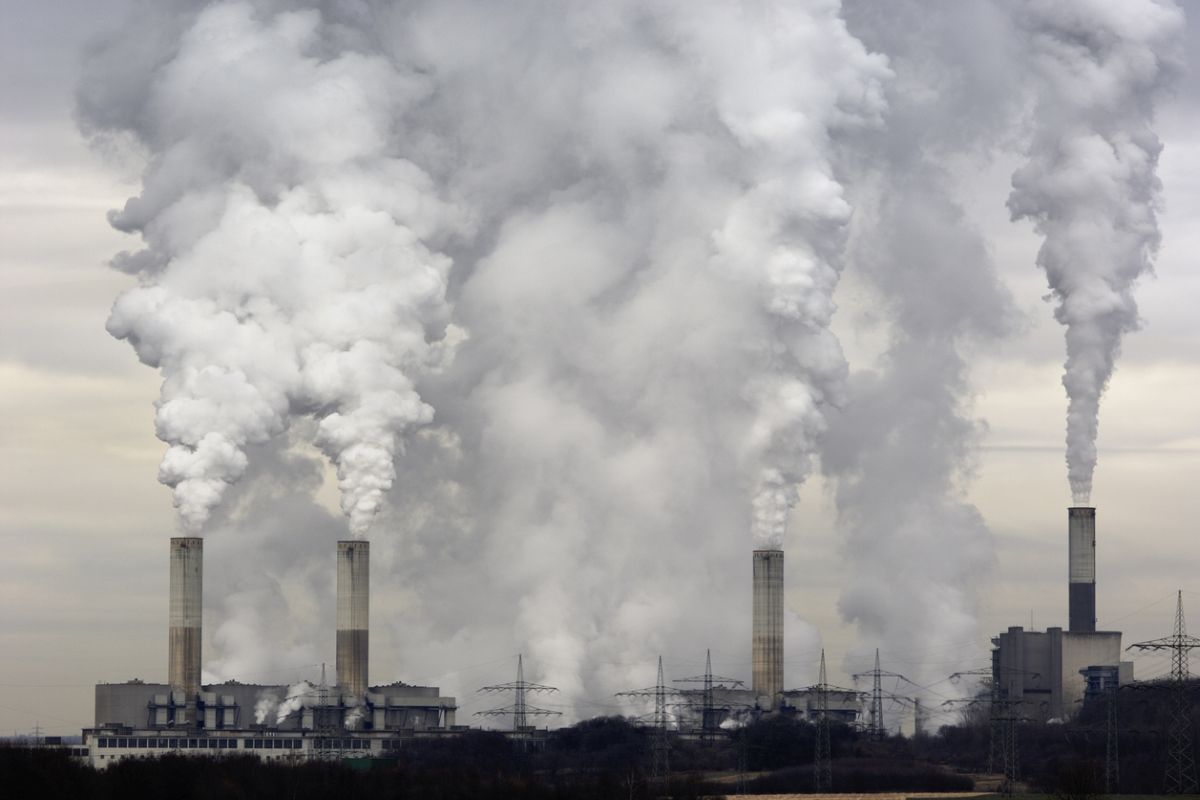The principle of common but differentiated responsibilities (CBDR) is at the heart of the United Nations Framework Convention on Climate Change (UNFCCC), obliging State parties to take into account their common, but differentiated responsibilities while meeting their obligations under the framework.
This meant that while there is a universal responsibility to mitigate and adapt to climate change, the primary responsibility is on the developed States to take the lead in this regard, monetarily, given their historical emissions’ record, which placed a primary responsibility on them to mitigate and adapt to climate change. The Kyoto Protocol, a relatively concrete document, followed the UNFCCC, solidified and operationalised CBDR, by dividing States into two groups.
First, developed or industrialised States (or Annex I States) and second, developing States (or non-Annex I States). Under Kyoto, the former have quantified GHG emission reduction targets, while any emission reductions in non-Annex I States were voluntary, and tied to the emission reduction target of the former category through Kyoto’s three flexible mechanisms. In this article, we argue that the principle of CBDR has since its inception been non-existent in practice.
To that end, we will explain how the operationalisation of the principle through the flexible mechanisms of the Kyoto has, in practice, defeated the principle. Specifically, we focus on the Clean Development Mechanism (CDM), which has arguably been the most successful mechanism under Kyoto. We argue that the increased CDM investments in renewable energy is but a means for the developed States to maintain and even increase their own GHG emissions. The discussion takes place in the context of renewable energy because, first, CDM is the most efficient tool to reduce GHG emissions and second, as a consequence, it has attracted a major fraction of the CDM investments.
While setting mandatory emission reduction targets for Annex I States, the Kyoto Protocol allows them to partly meet their targets by buying Certified Emission Reductions (CERs) through CDM. CERs may be acquired by initiating a CDM project targeted at reducing or avoiding the emissions in a developing country. The emissions thus saved are credited to the investing government or corporation, as the case may be. One CER is equivalent to 1 tonne of CO2 emission. Effectively this means that developed States may achieve compliance of their obligations under Kyoto simply by reducing carbon emissions in States where making such reductions are more cost-effective, i.e., the developing States.
The 2018 UNFCCC report on CDM projects suggests that renewable energy has received a major push through CDM. Of all CDMs, nearly 72 per cent are in the renewables sector, with the global investment exceeding USD 200 billion in 2017. Additionally, CDM projects have generated over 100,000 million gigawatts of electricity by harnessing renewable energy every year since 2001. Similar suggestions have been made in the 2012 report, namely that one of the three prominent benefits of CDM projects has been the promotion of renewable energy.
In fact, the U.N. study goes on to claim that in the absence of CDM, the promotion of reliable and renewable energy would not have happened. Additionally, it suggests that the majority of renewable energy projects have in fact, been CDM projects in non-Annex I States, given the rising electricity demand of these States. Prima facie, CDM investment in renewables suggests that developed countries are moving towards fulfilling their obligations under Kyoto.
However, a critical understanding of the CDM process negates this conclusion. It is argued that the CDM process acts as a platform for Annex I States to secure a ‘right to pollute’. By initiating such projects in developing States, developed States ‘export’ CO2 emission reductions to developing States, while maintaining or even increasing their own CO2 emissions, subject to the number of CERs they are able to earn. On the pretext of cost-effectiveness (or even profitability) of reducing GHG emissions, Annex I States target non-Annex I States for renewable energy projects, in turn acquiring CERs to offset their own emission reduction targets. This effectively defeats the very essence of the CBDR which requires developed countries to take the lead in mitigating and adapting to climate change, furthering the quantified cuts they must make in their own emissions.
What then, is a possible solution? Undoubtedly, the most effective means to mitigate GHG emissions is to switch to renewable energy sources, especially now that solar and wind energy are more cost-effective than coal. To operationalise CBDR in its true spirit, Annex I States must reduce their own GHG emissions by making this switch within their jurisdictions, in addition to their ongoing CDM projects in non-Annex I States. Additionally, this should be accompanied by a review of the Annex I and non-Annex I categories, since the status of several States has transformed since the 1990s.
(The writers are, respectively, Professor of Law and Public Policy and a Research Associate at the Jindal Global Law School)











